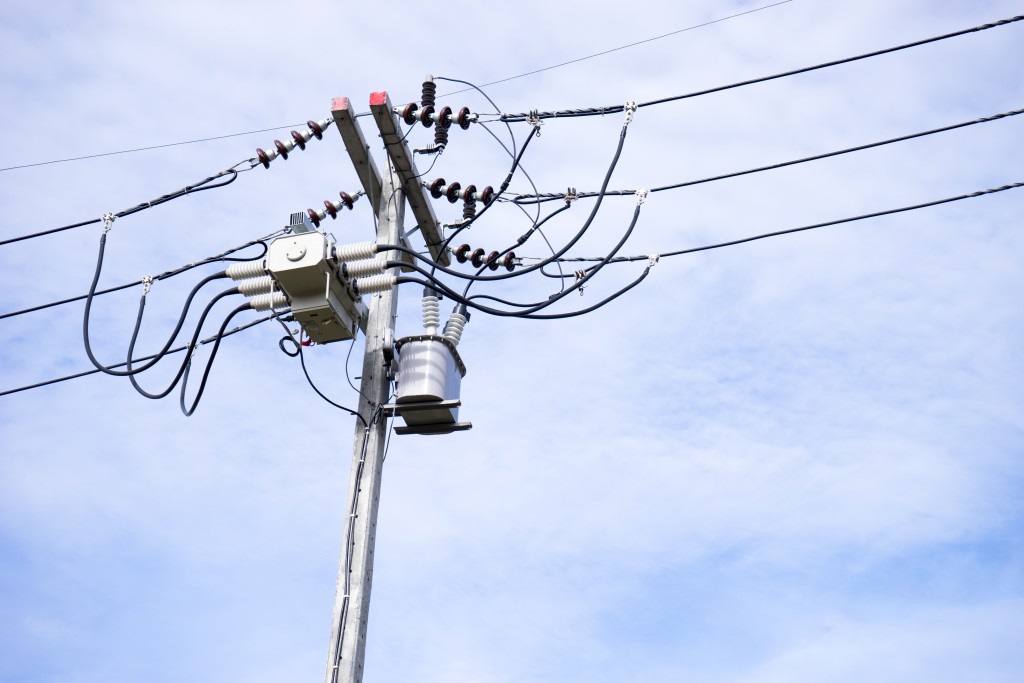Whether it is the power that fails to flow or data fails to transfer, or if the signal fails, mostly, it will be the cable that will shoulder the blame. But, where cable systems are in harsh weather, are continuously moved or mishandled, they remain threatened. The threats could even be coming from multiple sources at the same time. This can compromise the reliability of your cables especially if the cables are of a questionable standard.
You know it. Cheap cables can work efficiently at times, but that is only for a short time, then they fail. So, before investing in such, keep in mind the replacement and maintenance cost. Also, consider the risk of data and power loss that you are exposing your business to. Instead of regular replacements, why not invest in industrial- and marine-grade cables? These can manage your applications longer and better? Typically, you can identify such high-quality cable by its conductor.
The Conductor
It is a cable’s conductor that determines the nature of your cable. Most cable conductors are from copper, aluminium, sturdy alloys or steel that is copper coated. What matters is for the conductor to have the right strength, weight, and size, and still cost fairly. It also should be resistant to corrosion, and the termination should be perfect. The conductivity of copper is 100 per cent which makes it a perfect choice here. Copper-coated steel is not only a good conductor but also resistant to corrosion. Stronger alloys like cadmium copper and zirconium work better in applications that require sturdier cables. Aluminium is like copper in many aspects, but its conductivity dips by 40 per cent.
Types of Conductors

Conductors could either be solid or stranded. The solid types conduct higher currents than the stranded. They, however, are not flexible and would be inappropriate for cables that applications with a lot of movements. Solid cables are also unsuitable for use in tight corners due to their inflexible nature. Stranded conductor cables are appropriate for diverse applications because of their flexibility. They are not as stiff and rigid as their counterparts and can increase a cable’s durability during flexing when in use or during installation.
Size of The Conductor
The conductors for electrical wires and cables are normally stranded. The strands increase with the decrease in AWG sizes. The more the strands, the higher the flexibility. It is possible to design customised industrial- and marine-grade cables with preordered configurations. You can also add stainless steel to augment the strength to the conductor. Doing this would produce a conductor whose centre strand is of stainless steel or copper coated steel. The surroundings can be of pure copper strands.
Conclusion: Proper coating & plating matters
Most bare cables oxidise gradually thus decreasing in their conductivity over time. By coating and plating these cables right, you slow down this oxidation process. Tin coating is the most used cable treatment method. The strands are individually tinned, but there are industry standards to follow. For most cables, the temperature of application should not be above 150° C. But, for higher temperatures, mostly, nickel coating is the most applicable.
Read more at SandyDumont.com.
